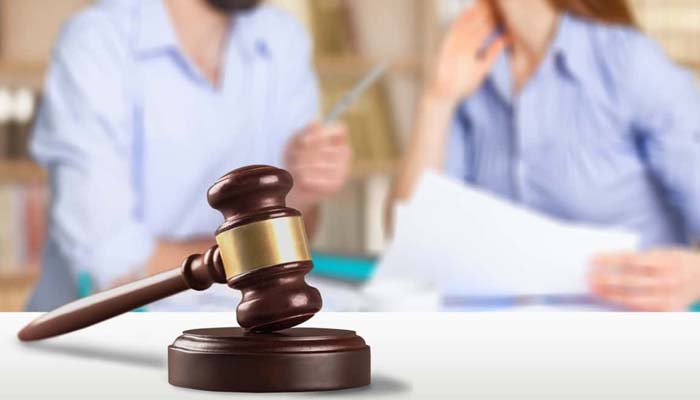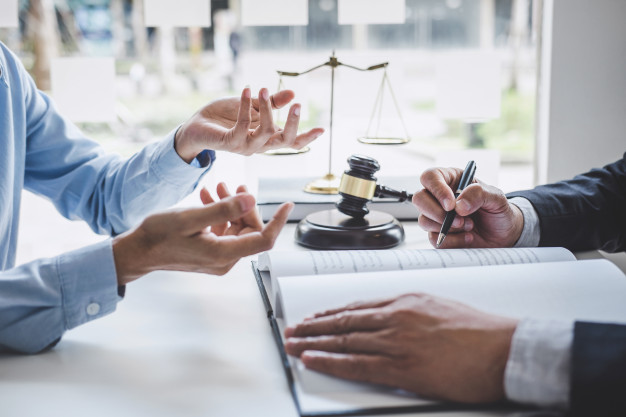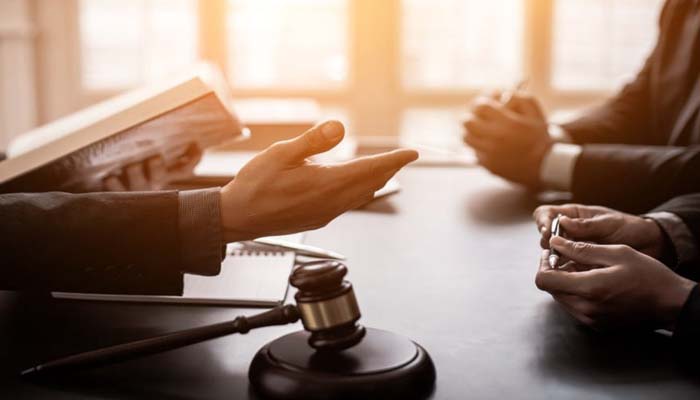During the discovery phase of a lawsuit, both parties have the opportunity to gather evidence that they will use in the trial. The defense attorney will prepare comprehensive reports and present these findings to their client. The new evidence and information can completely change the way the parties view the case. For example, an eyewitness may testify that driver 1 ran a red light, while a city engineer may confirm that driver 2 did.
Once both parties have served their pleadings, the discovery process begins.
This is the time when the parties learn about each other’s defenses and the allegations against them. There are different parts of the discovery process. The first part involves the exchange of documents, such as investigation reports, driving histories, and medical records. Other types of documents are also shared during discovery, including depositions. Depending on the type of lawsuit, the discovery process can take six to nine months.
Discovery provides the parties with a comprehensive overview of the facts and circumstances surrounding their lawsuit. It allows them to evaluate their positions and revise them accordingly. It can take as long as six to nine months. While discovery is an important part of the litigation process, it can also be costly. Often, it drains the resources of both parties and delays the trial date. Such a process is known as “scorched earth” and rarely has an effective limit.
The discovery process is often tedious and can last for years.
In most cases, a settlement or trial is the best course of action. During the discovery process, the parties will have the opportunity to reevaluate their positions and decide on the best course of action. If they are unable to settle, the trial will proceed, with a decision on the appeals process. Once the trial has taken place, the parties will have one month to work out a final decision.
The discovery process is the real meat of the lawsuit. The process is a crucial part of the lawsuit, as it allows the parties to learn about each other’s allegations and defenses. The discovery process is split into different parts, which vary in length and complexity. During the initial stage of discovery, documents are exchanged between the two parties. These documents include investigation reports, police reports, driving histories, and other things related to the lawsuit. During the trial, depositions are conducted, which are crucial in the case.
The discovery phase in a lawsuit is the process of gathering evidence for the trial.
It takes years to complete the entire process, and the victories and defeats are often subtle. A trial is usually the result of a settlement or a mediation session, and a judge will hear both sides’ arguments to determine the best course of action. The costs of a trial may be astronomical. This is why a settlement or a trial is the best option for both parties.
The discovery phase is the time when the parties exchange evidence. There are deadlines and specific rules that govern the discovery phase. The defendant should serve the plaintiff’s Answer with discovery demands. The answers to the questions can be crucial to the case and can help the plaintiff prove their case. During the discovery phase, it is essential to serve the documents and information that the defendant has requested. If it is served without an answer, the plaintiff may be left holding the bag.
The discovery process is the meat of a lawsuit.
It is during this time that both parties learn about the allegations and their defenses. The discovery process is divided into several parts. The initial part of discovery involves the exchange of documents, such as medical records, investigation reports, driving histories, and other documents related to the case. During the discovery, a deposition is held between the plaintiff and defendant, and the evidence is presented to the jury.
Following the written discovery phase, the deposition phase is the next step. During the deposition, both parties must appear and testify under oath. The testimony of the parties is crucial for the case and may affect the outcome. During the discovery process, the attorneys will make sure the information is useful. By serving the defendant’s answers with the plaintiff’s Answer, the defendant will slow down the truck, allowing him to evaluate the evidence.



